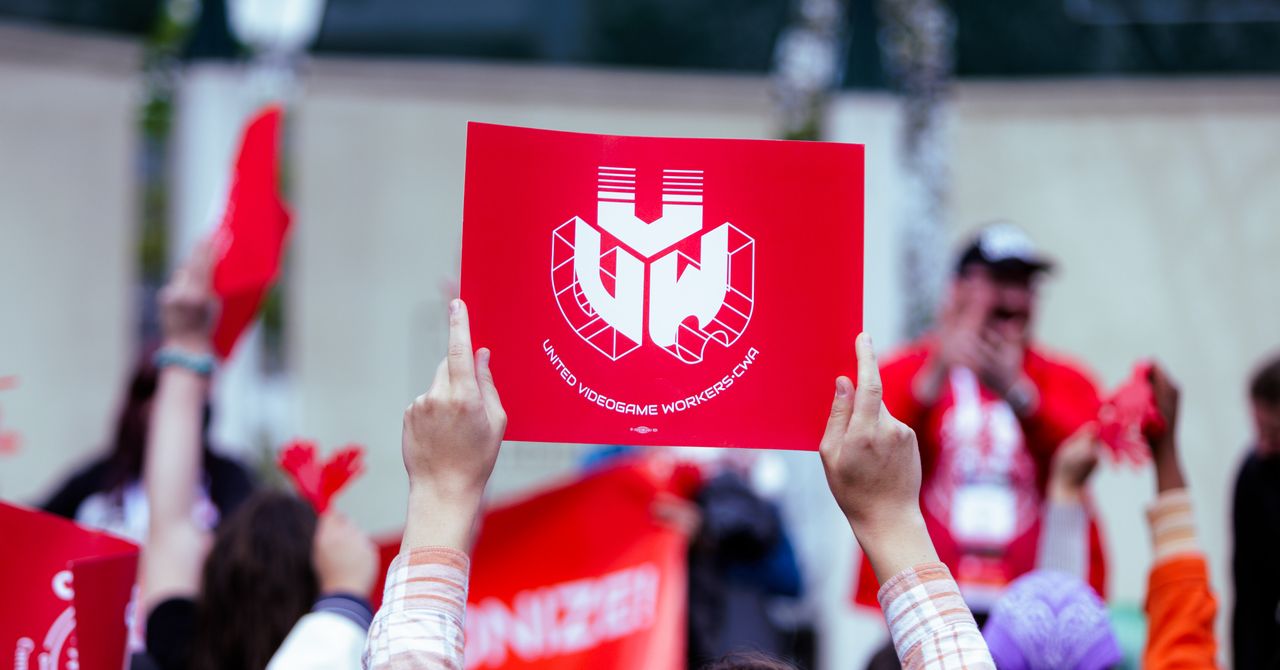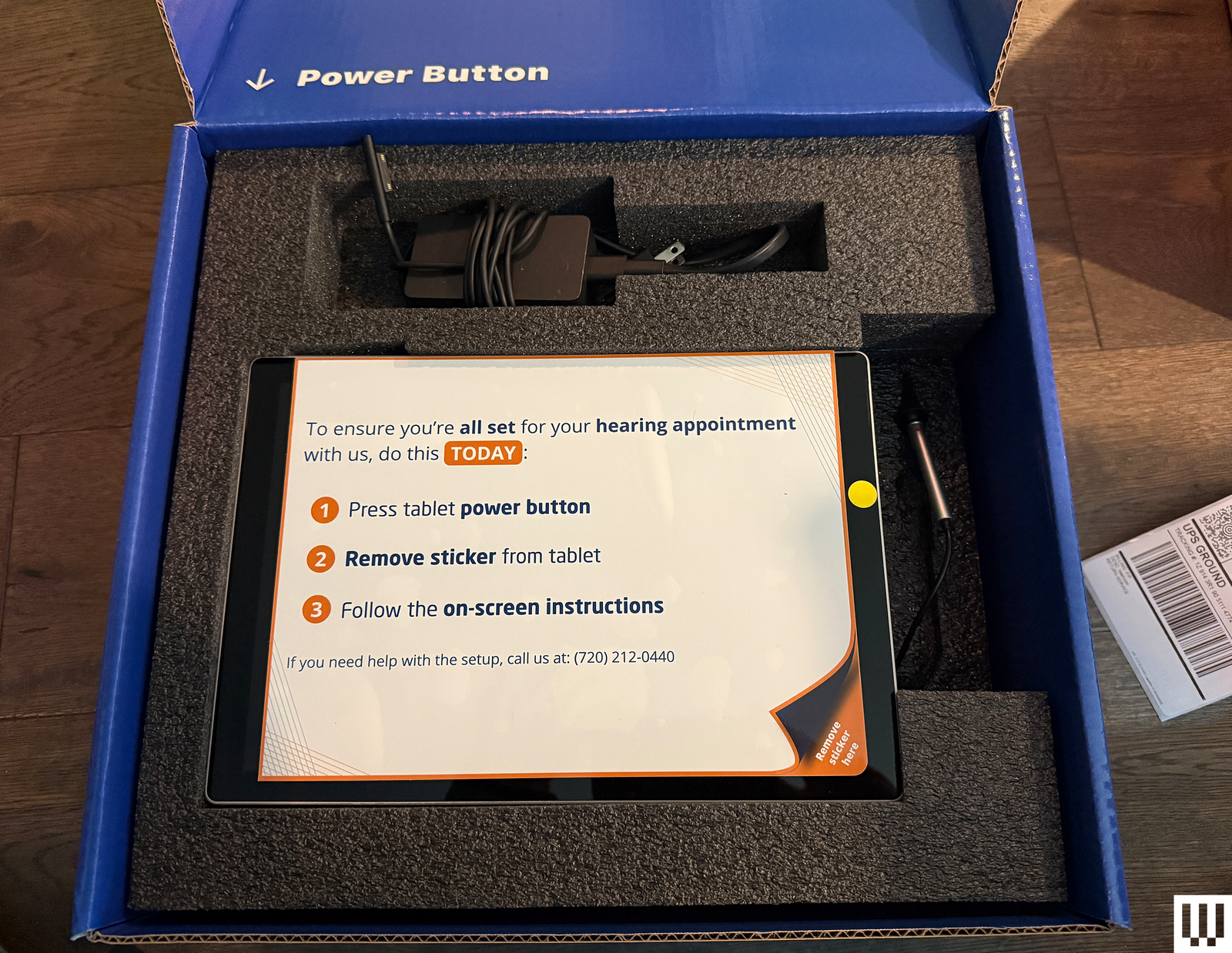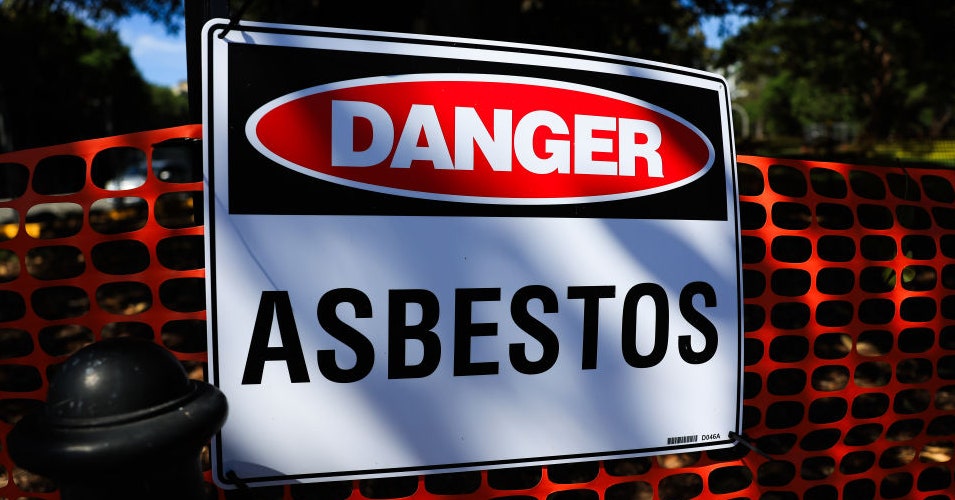
Among the UVW-CWA’s goals, as listed by that zine: drafting video game worker bill of rights to standardize working conditions, including hiring inequality, crunch, contractor healthcare In theory, this would give organizers a shared vision. “Our struggle does not happen in isolation, and we’ll need all the help we can get in the face of the most anti-worker administrations of our lifetimes,” it reads.
Previous video game unions have formed under specific departments like quality assurance, within a single development team. United Videogame Workers-CWA is open to any game industry worker located in the US and Canada, regardless of where they work or if they are currently employed.
CWA organizers tell WIRED that the direct-join union “was not created in isolation, but rather built off of the global industry-wide organizing” that’s been taking place since 2020’s unionization efforts in the game industry. “The current administration’s dismantling of labor law urges organizers and unions to think about building worker power in different ways,” Kinema tells WIRED.
Union efforts persist in the game industry. On March 21, a supermajority of user research workers at Activision voted for representation and were recognized by parent company Microsoft. On April 1, members of ZeniMax Workers United—a union formed in January 2023 made up of over 300 quality assurance workers—voted to authorize a strike.
“Our quality assurance team is an integral part of our business and is key to our ability to deliver games our players will love,” Microsoft spokesperson Will Beckett told WIRED. Microsoft says it has presented a package proposal that would include immediate compensation increases, among other benefits, and that tentative agreements on most topics have been reached.
With over 400 members, UVW is already a larger collective than some of the previous units that have formed within specific teams.
“What it all comes down to in the direct-join context is: Are there enough workers in the union? Are they committed enough to each other and to the struggle to improve wages and hours and working conditions, that they can compel the employer to bargain,” Sachs says.
“Not as a matter of law, but as a matter of power.”









